One of the interesting things he pointed out in the subterranean cellars built around Roman ruins was a bottle from the first vintage packaged like that for commercial sales, from 1916, which was shown next to one from a recent release, 2018. The bottles were nearly identical. This might be a part of the winery’s success over the years, work from a graphic artist: an attractive and recognizable label, and then name, that is easy to remember and discern when shopping for wine.
Branding can be very important. From the worlds of consumer foods and dining, there are the Keebler elves, Frosted Flakes’ Tony the Tiger, the Pillsbury Doughboy, the Coca-Cola logo, and McDonald’s arches to point out a few of the most well-known. Pio Cesare is not nearly in the same category in terms of consumer recognition, but its products are much more enjoyable, and natural, to be sure.




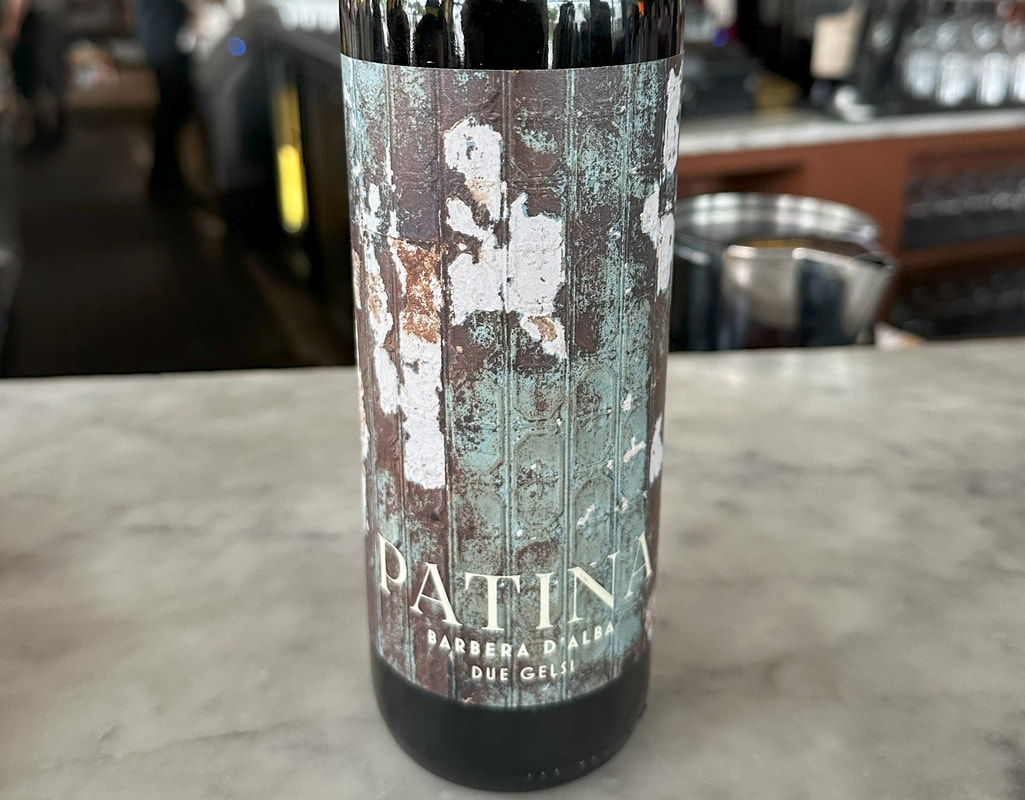
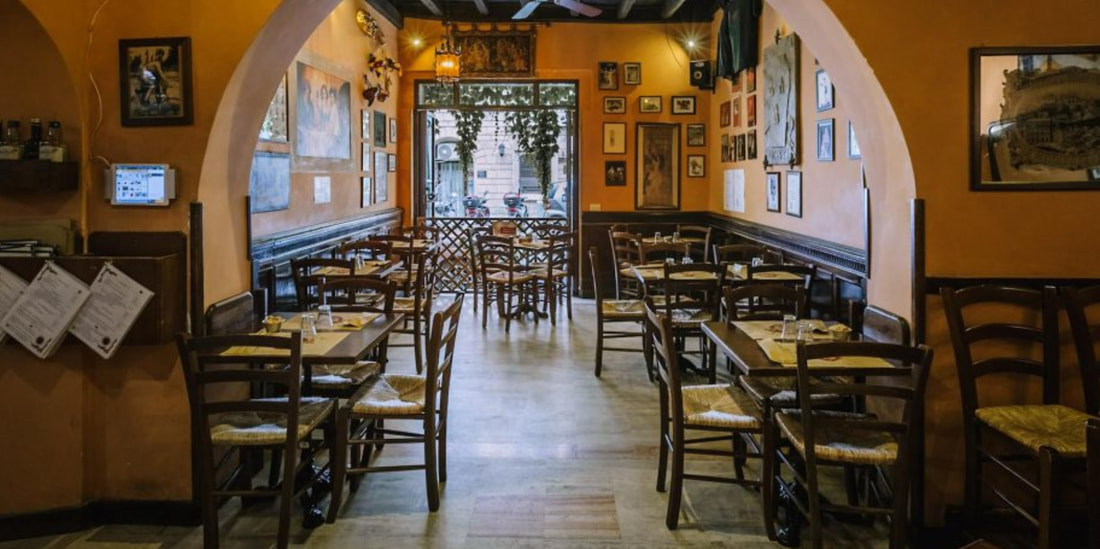
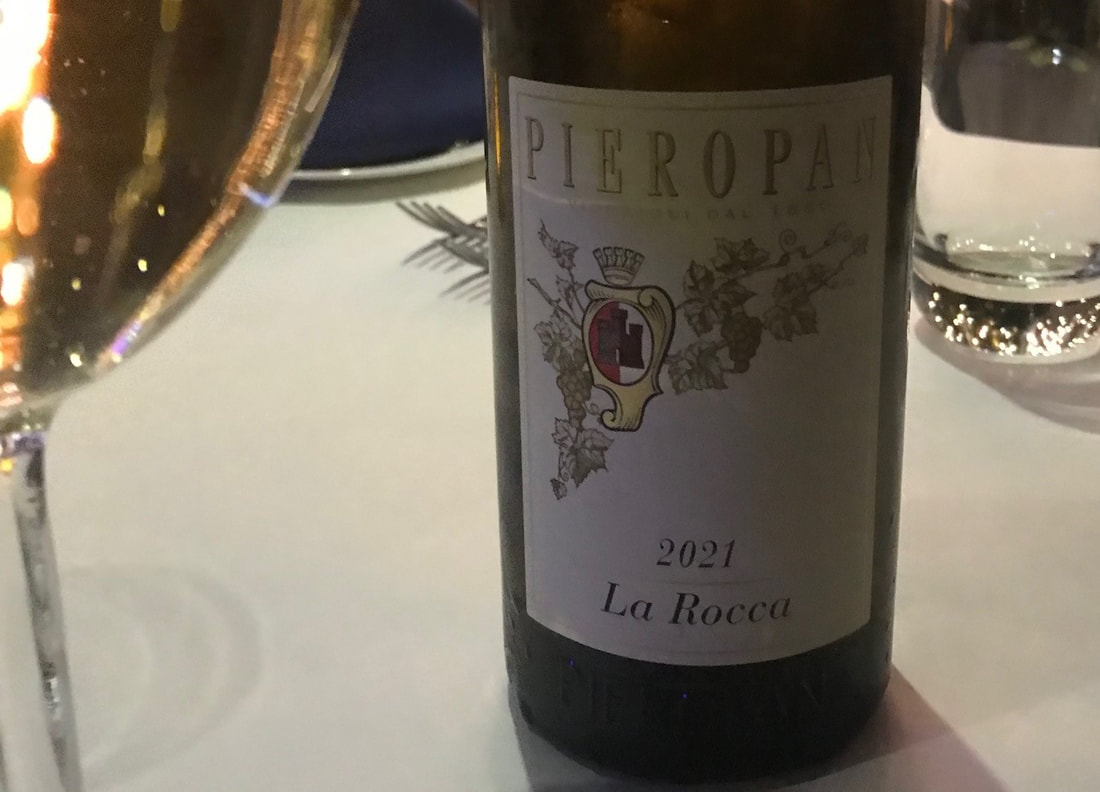
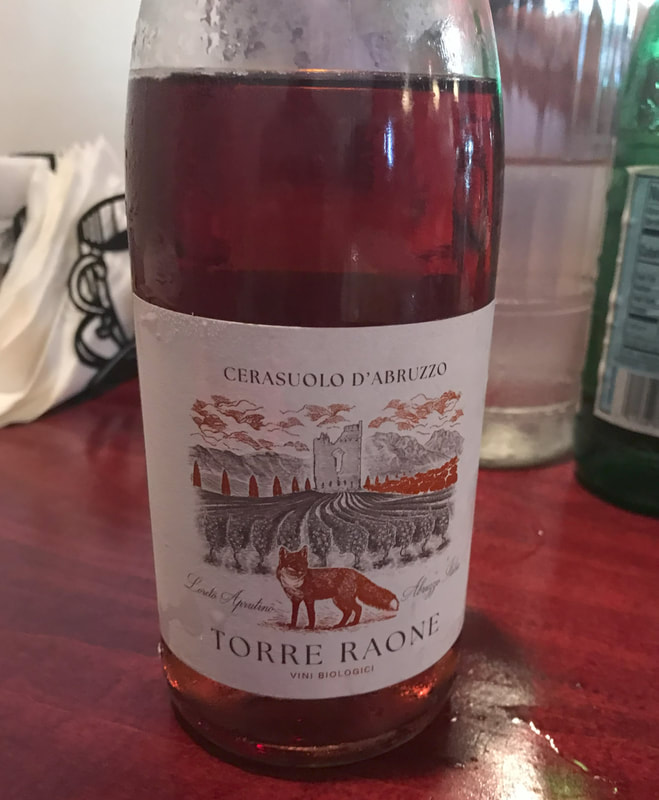
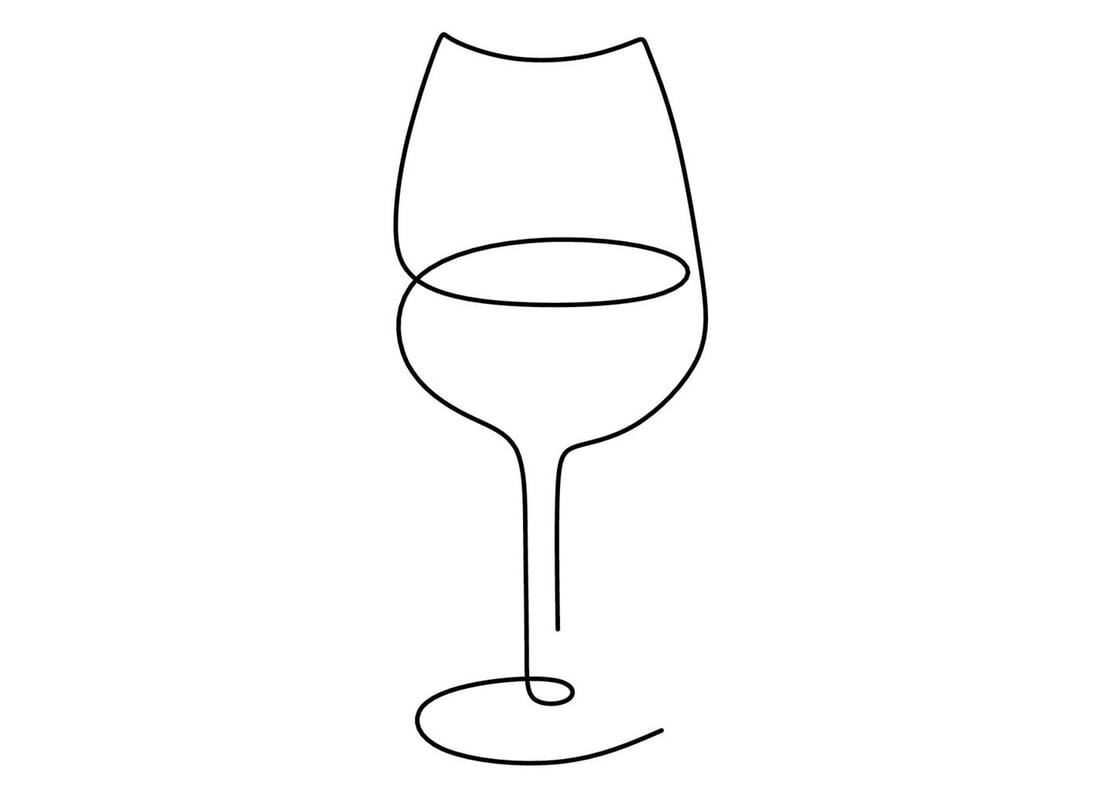
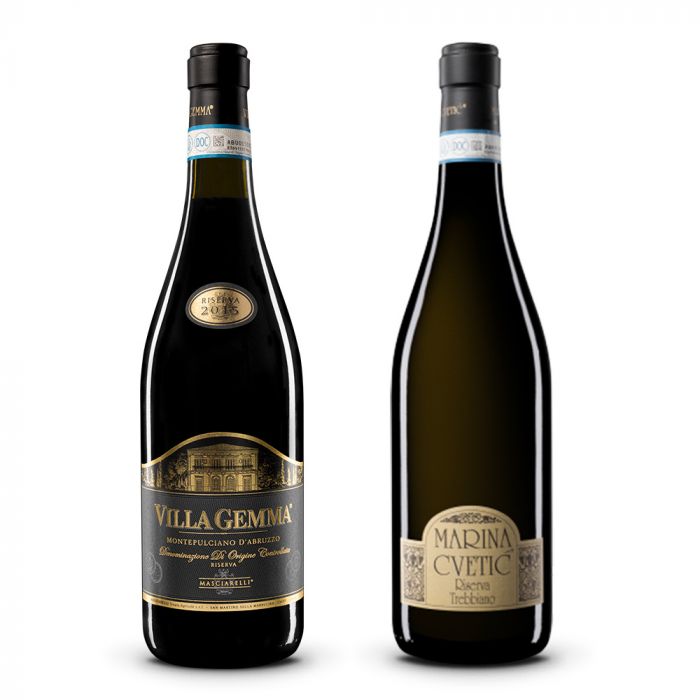
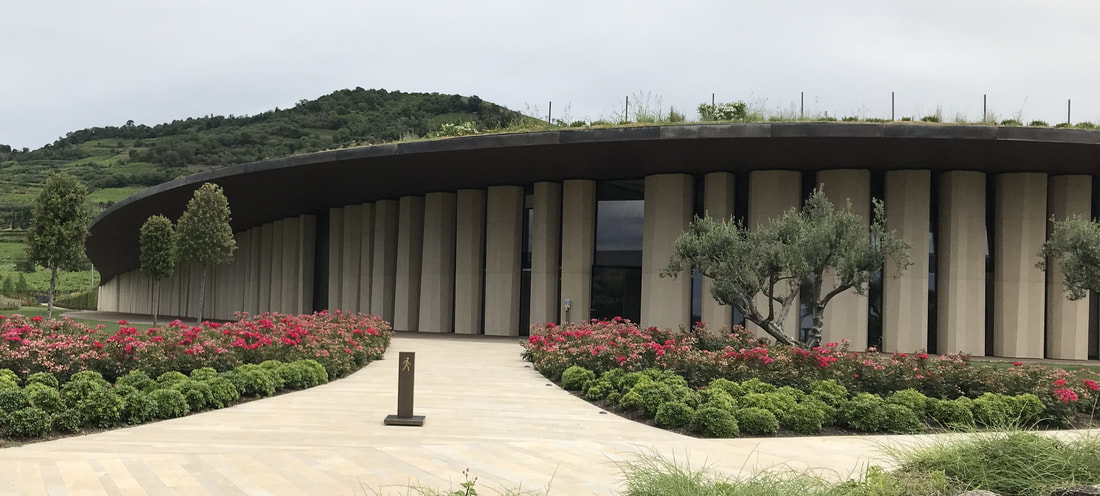
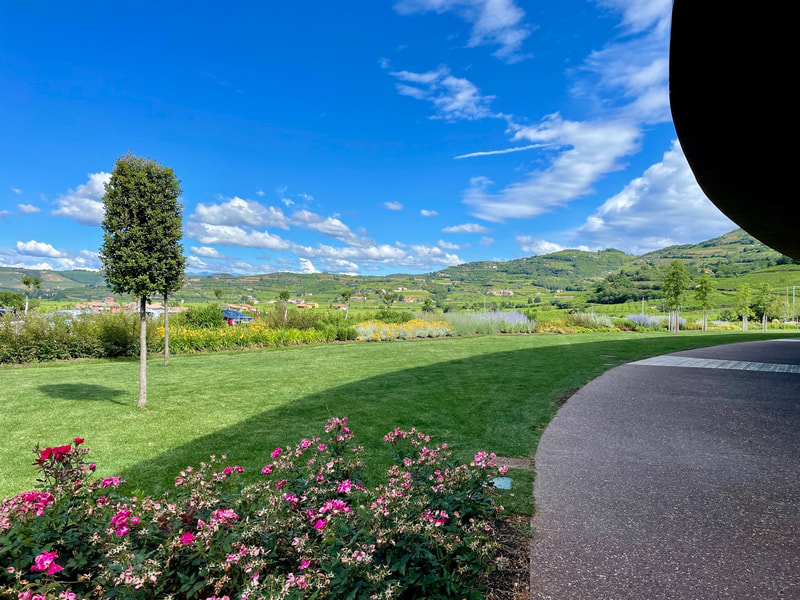
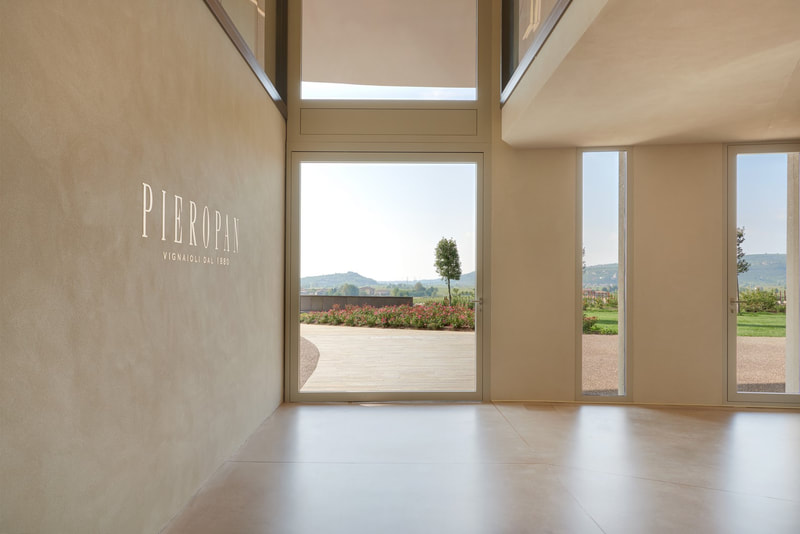
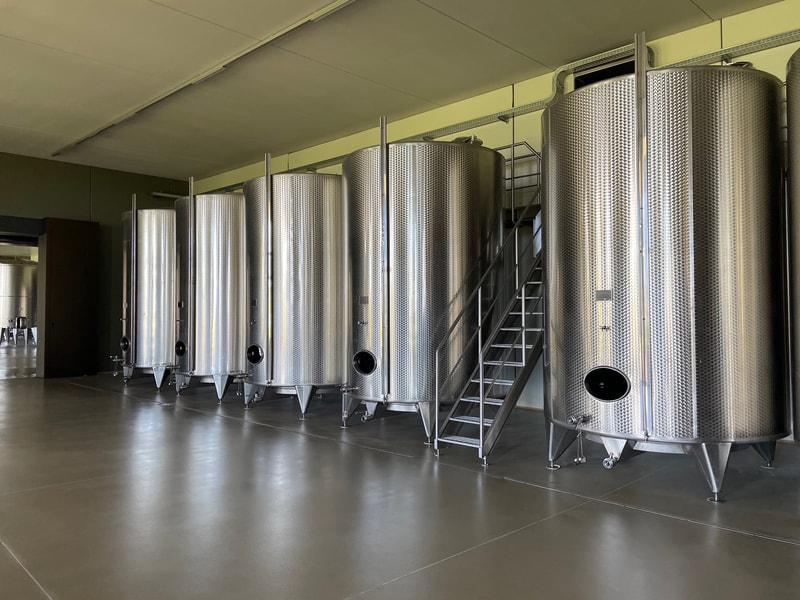
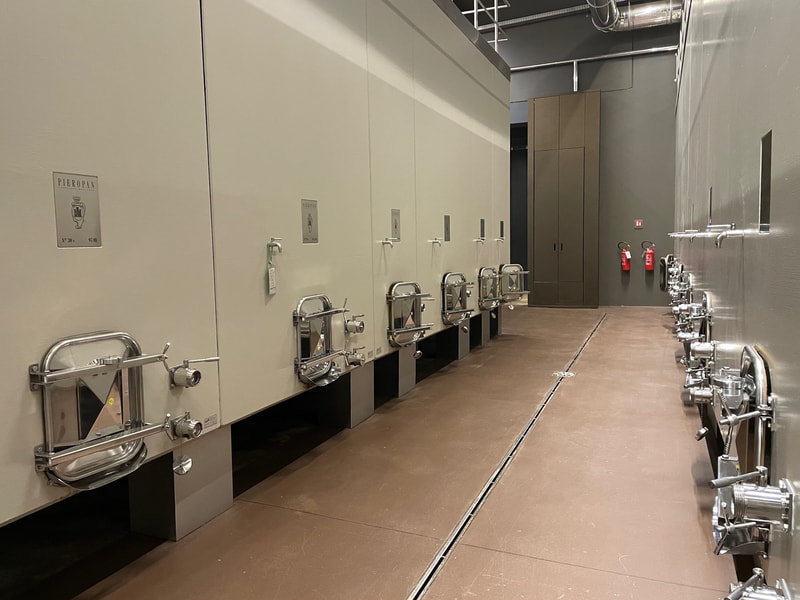
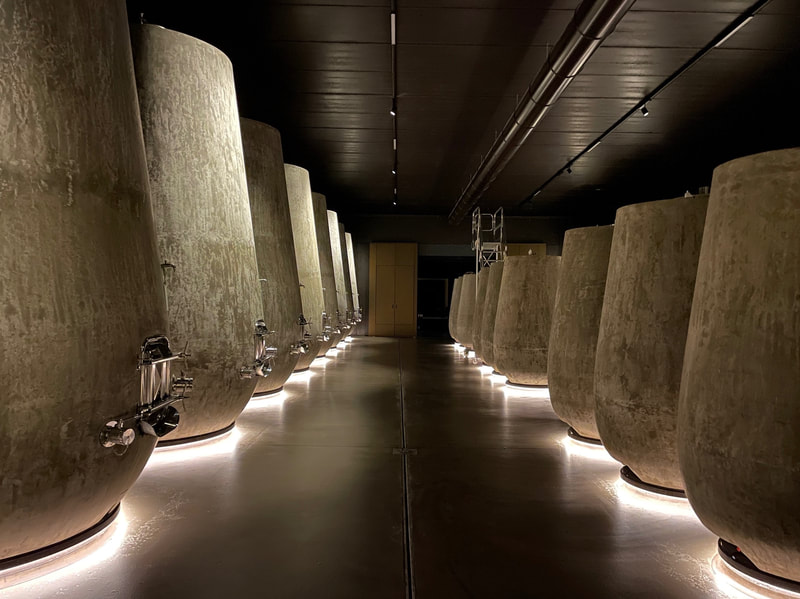

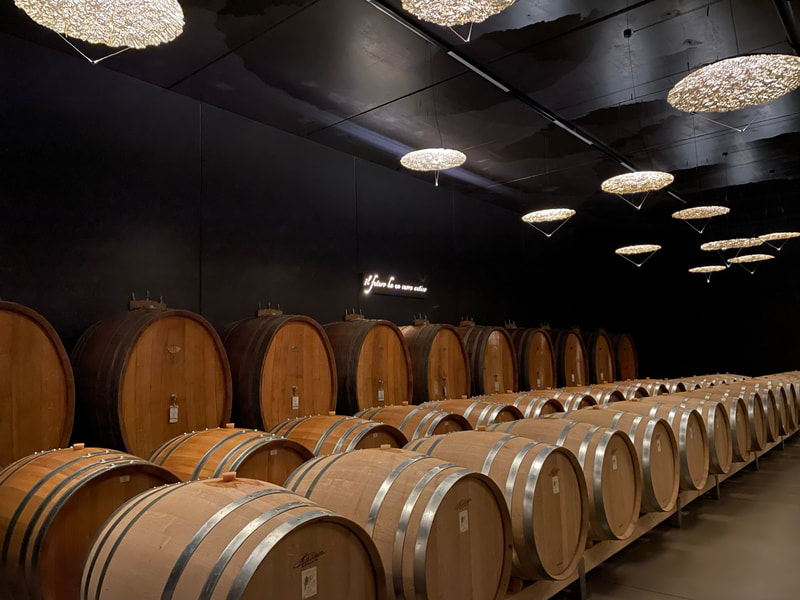
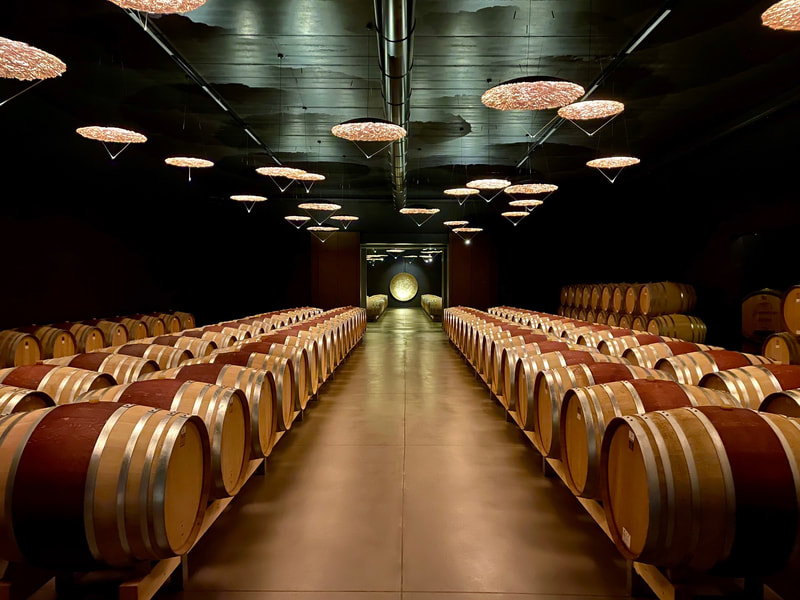
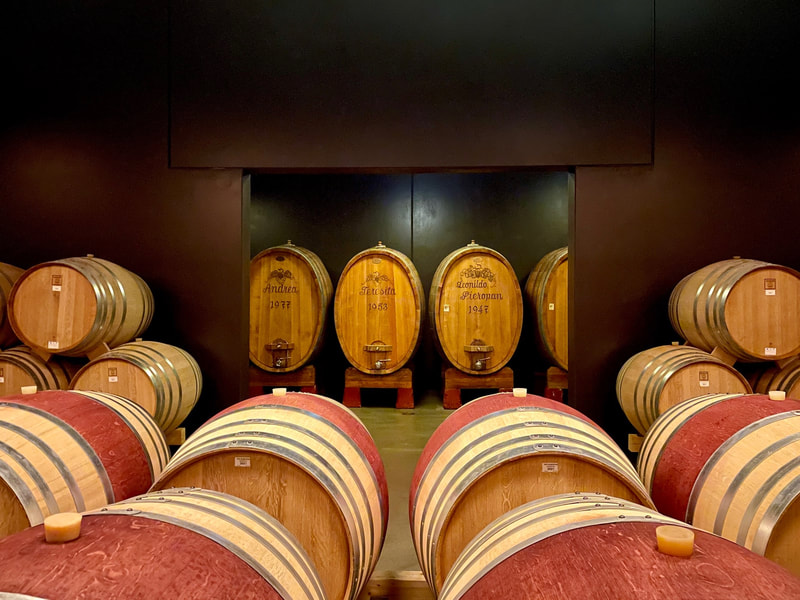
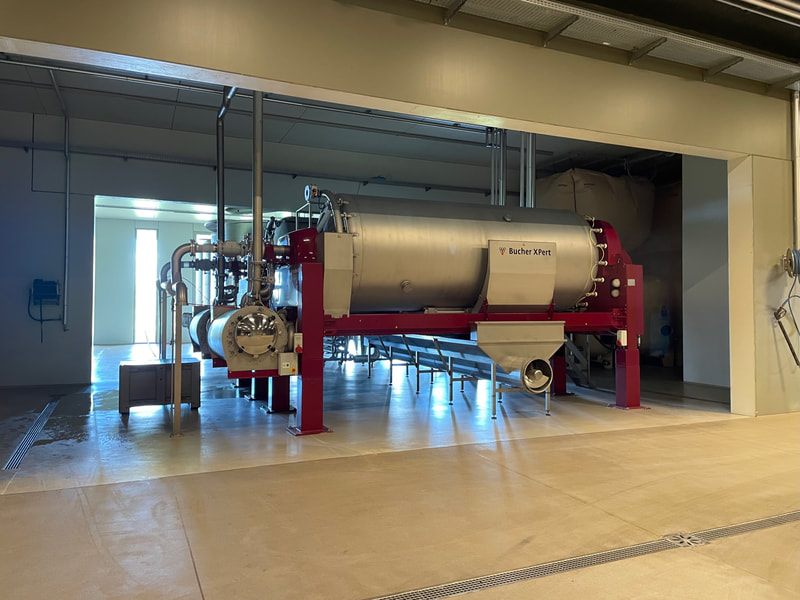
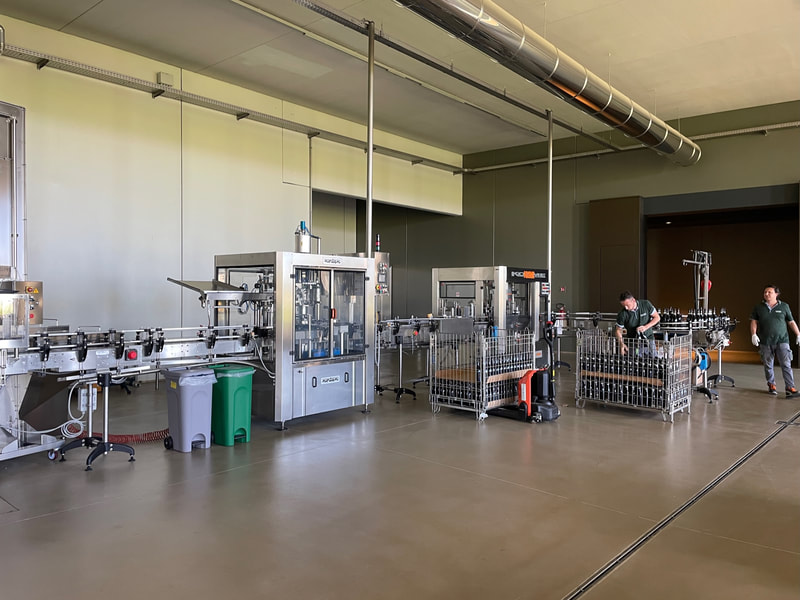
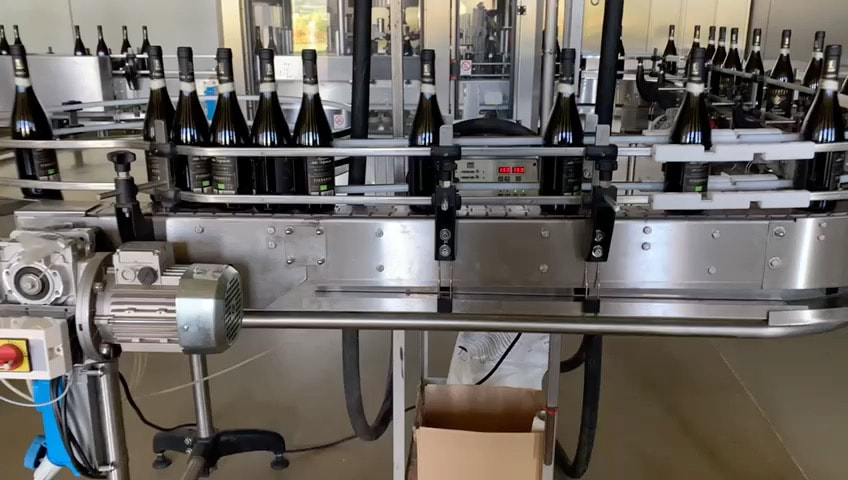
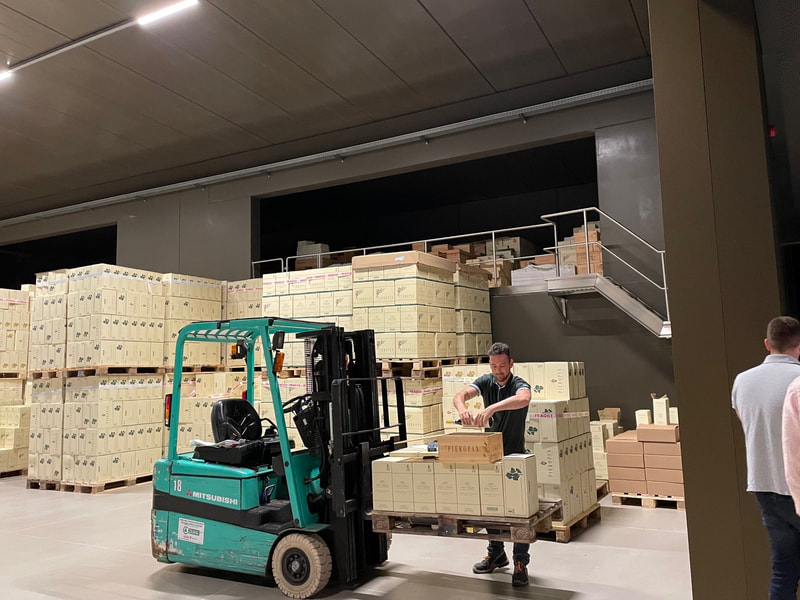
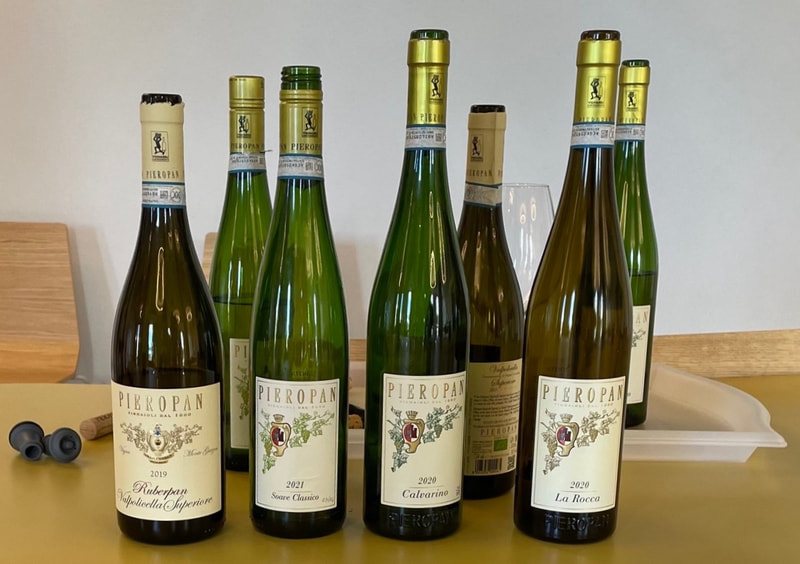
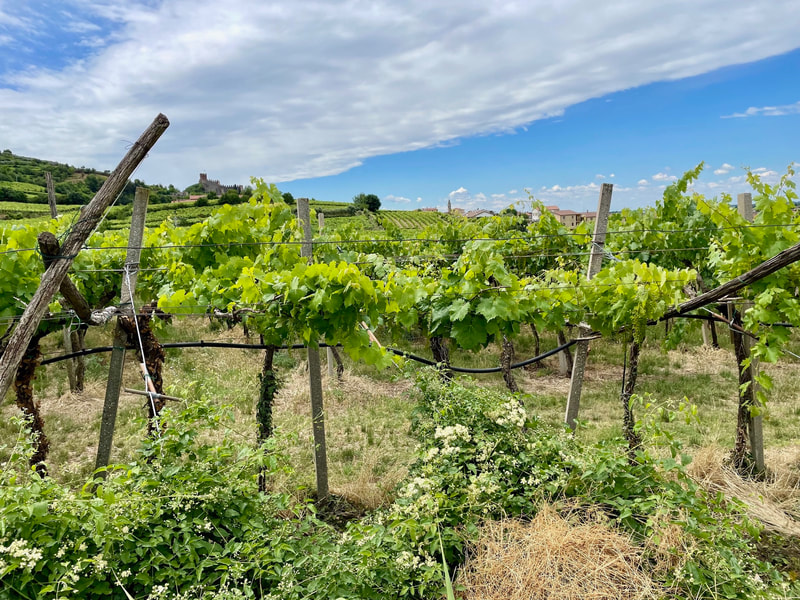
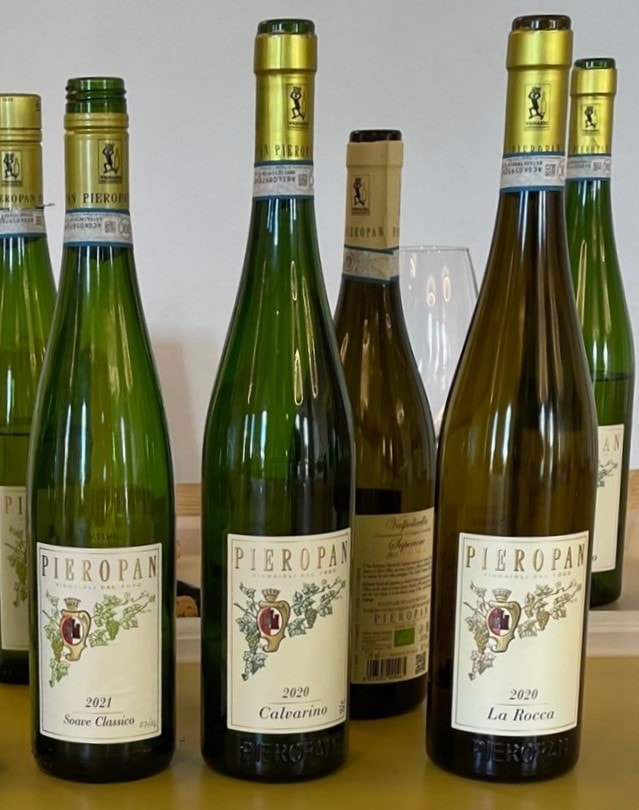
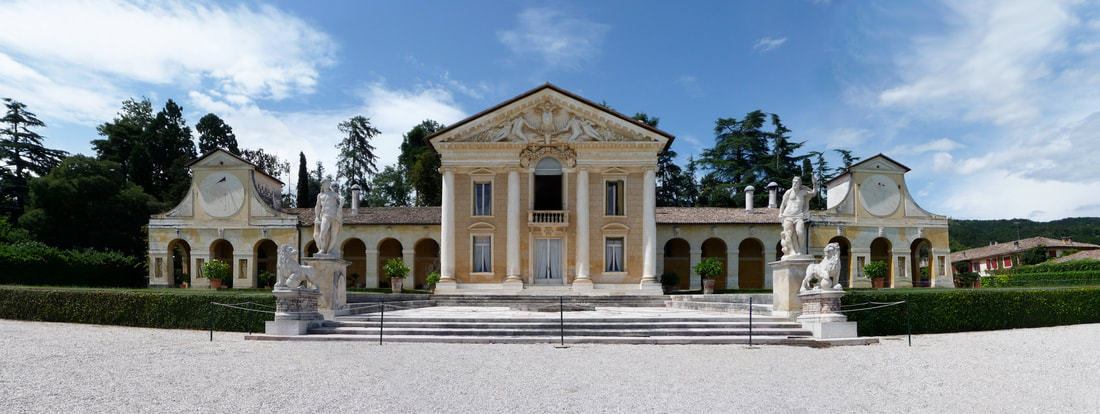
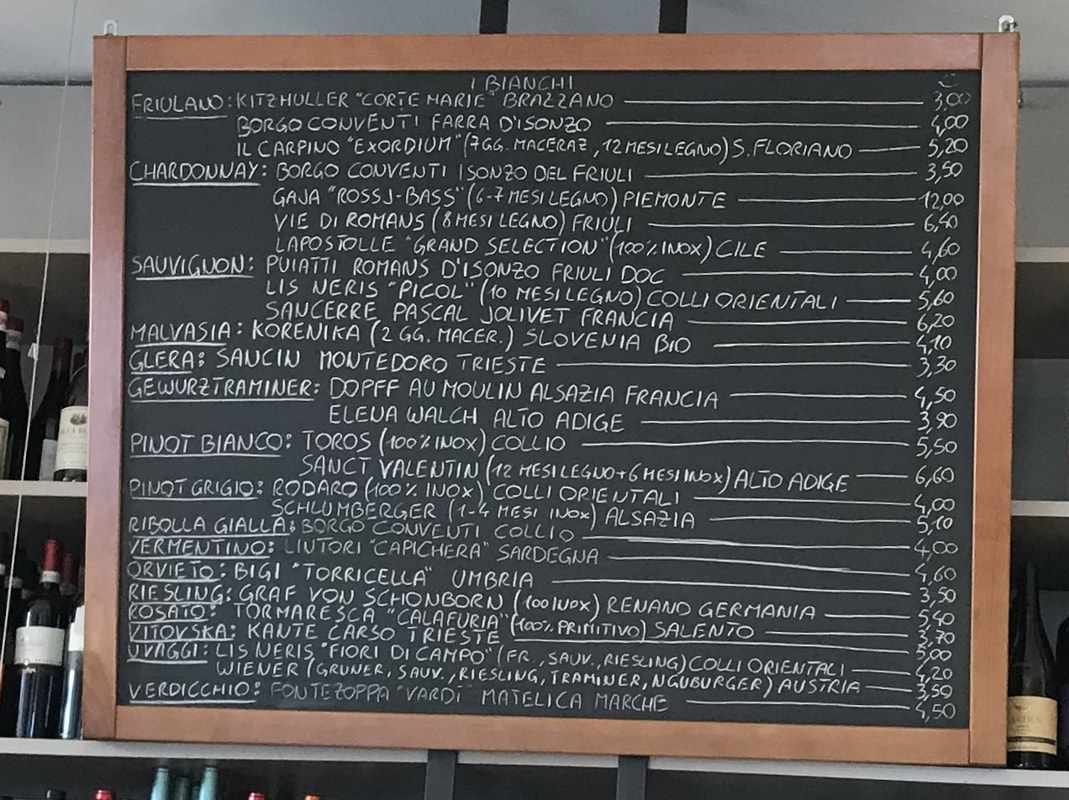
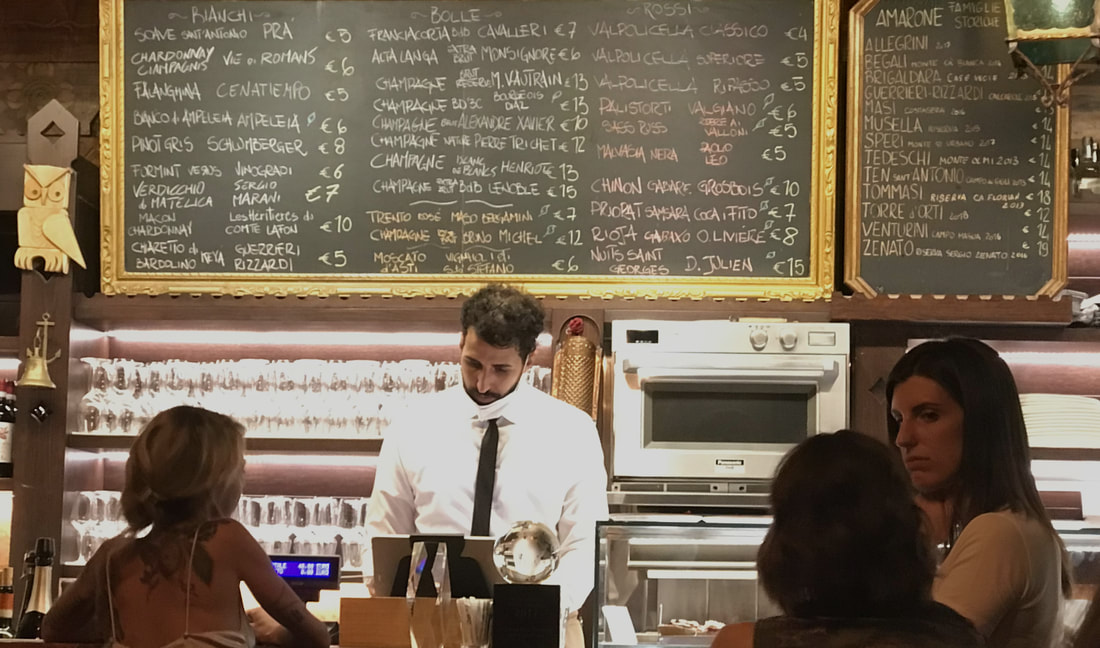
 RSS Feed
RSS Feed

